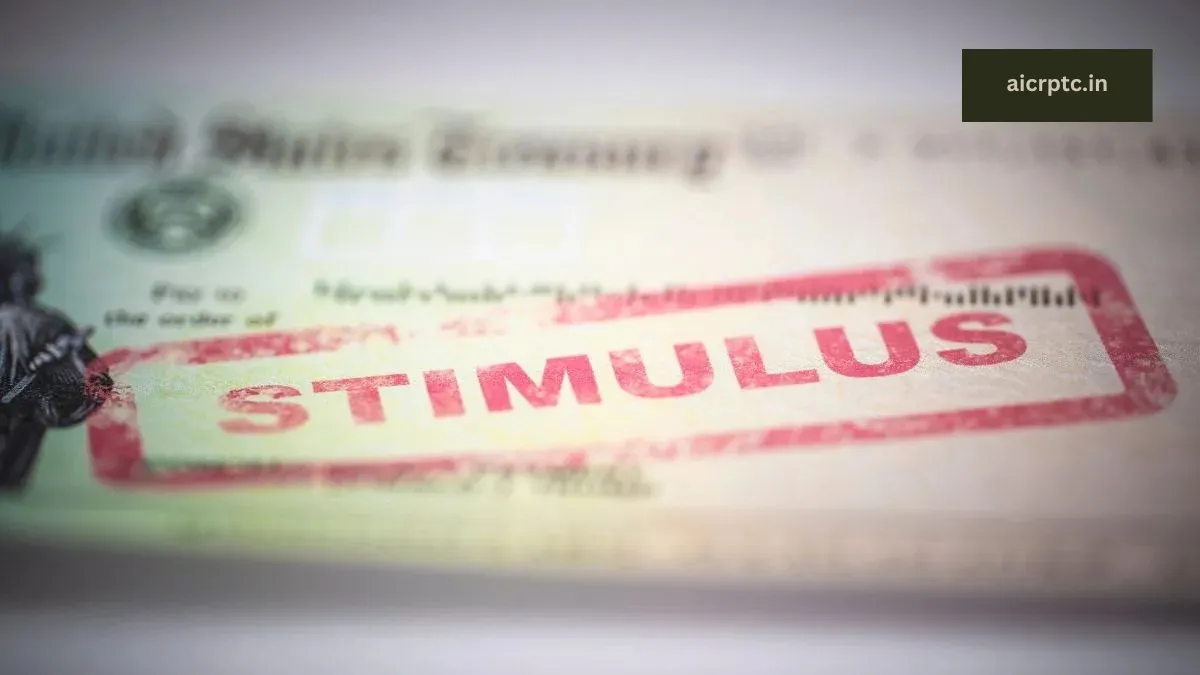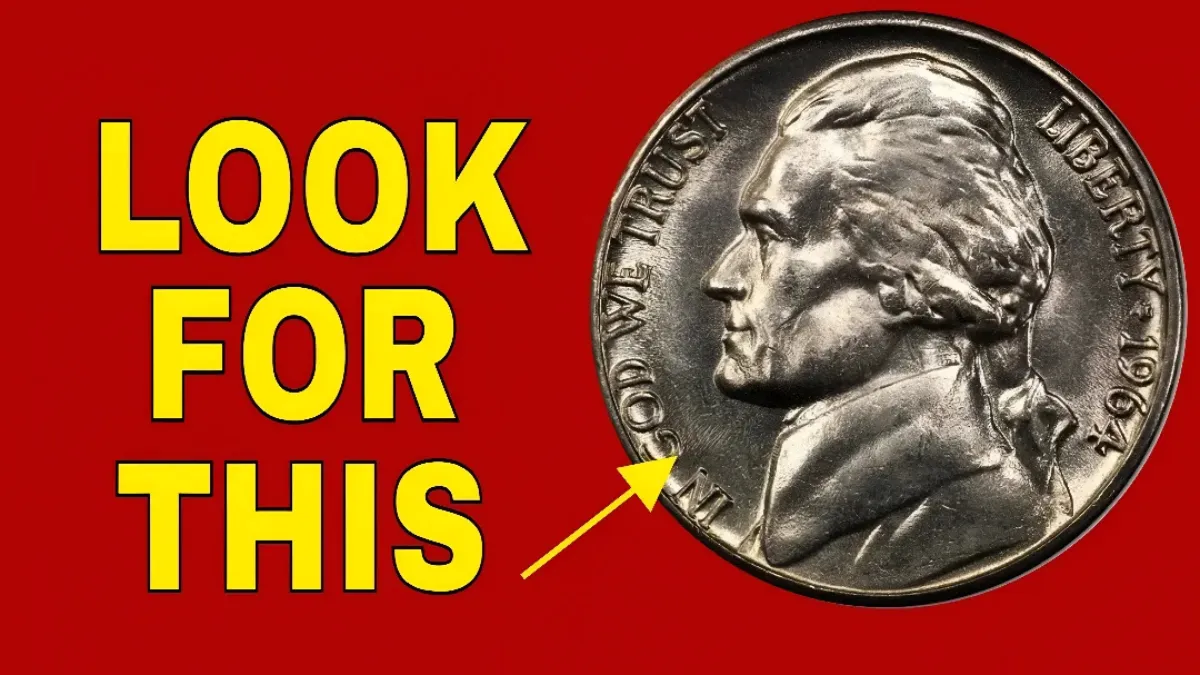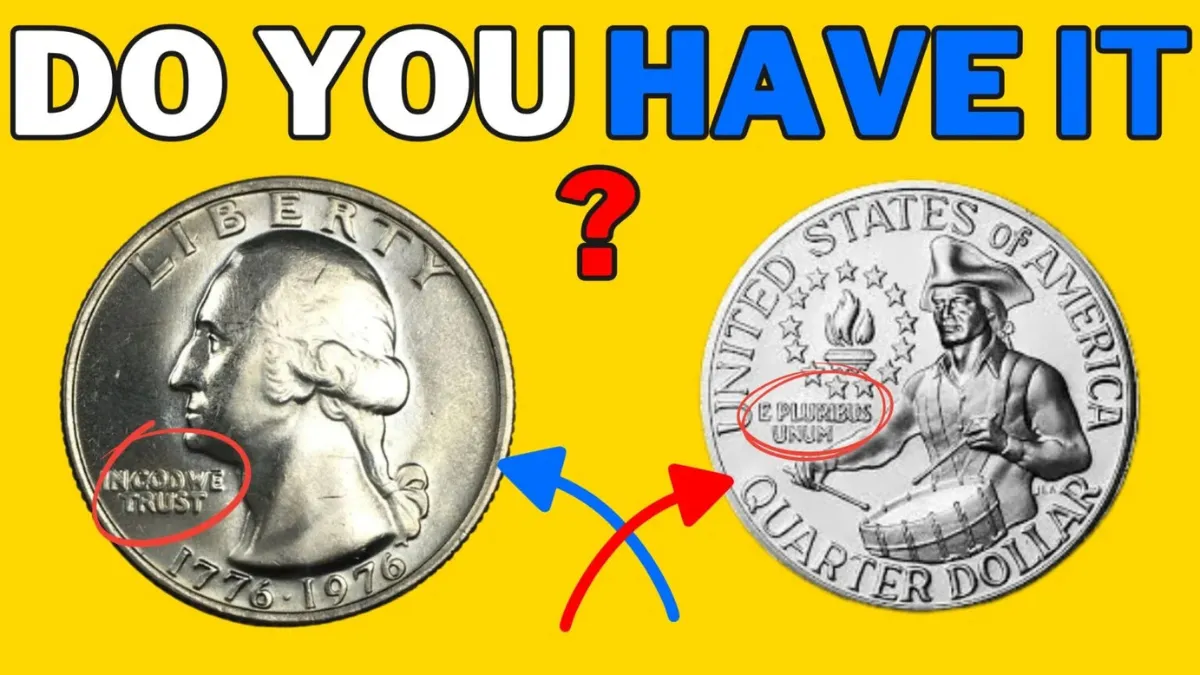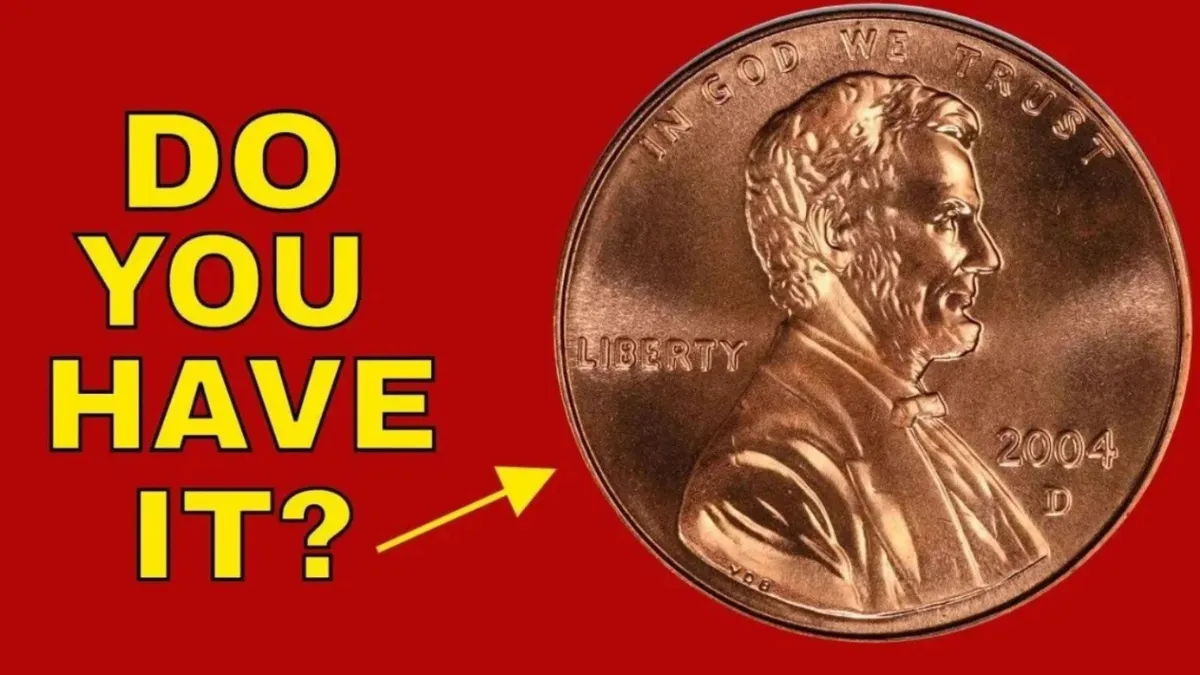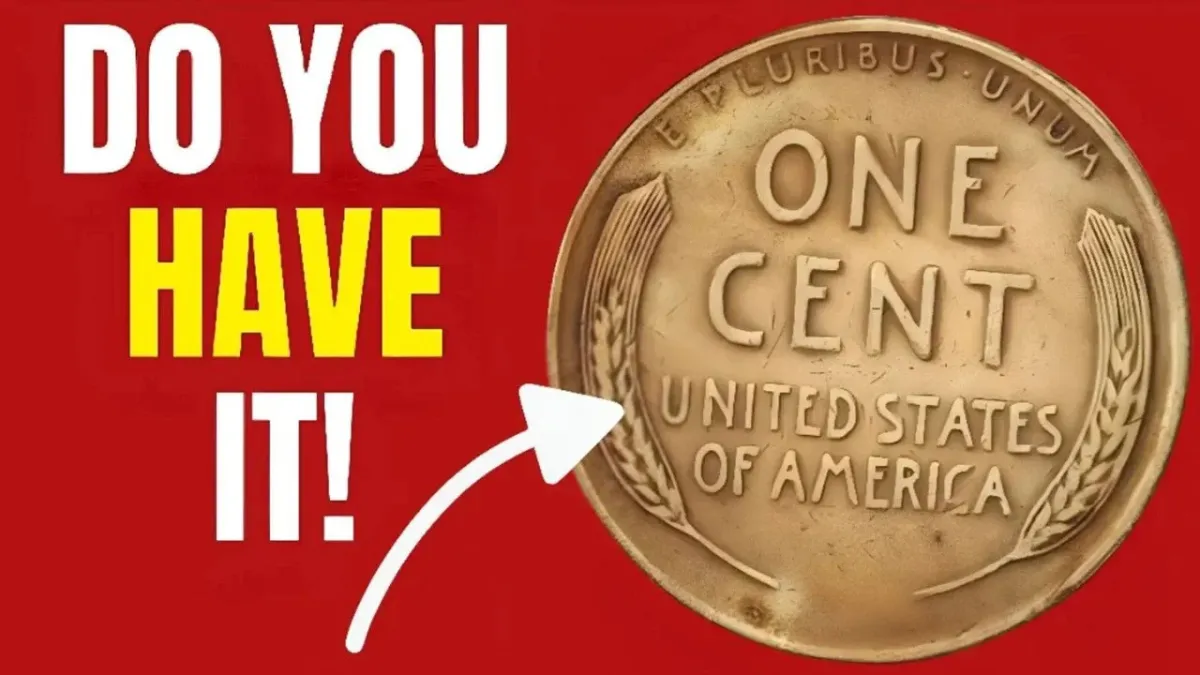Stimulus Checks
Talk of a $5,000 Doge Dividend check for millions of Americans has captured public attention, but no such measure has been included in President Trump’s recently proposed “Big Beautiful Bill.” While the federal government has yet to confirm any large-scale payments of this kind, various states are taking their own steps to ease financial burdens.
These relief measures are designed to help residents manage rising inflation and housing expenses, with payment amounts ranging from $380 to $1,000. Although the Doge Dividend was once touted as a promising solution to distribute government savings directly to citizens, it now appears unlikely.
States like California and Pennsylvania are rolling out targeted relief programs instead, aiming their efforts at low- and moderate-income individuals. These actions show a localized approach to economic aid as federal discussions remain stalled. The absence of federal movement on stimulus checks leaves it up to state governments to respond to ongoing cost-of-living challenges.
Elon Musk and the DOGE Controversy
Elon Musk, who leads the Department of Government Efficiency (DOGE), has voiced strong criticism of the spending bill, stating that it undermines the very mission of DOGE—to eliminate wasteful federal expenditures. Musk had once publicly supported the concept of a Doge Dividend, which proposed a one-time $5,000 payment funded from savings achieved by reducing federal waste.
However, he now argues that the current bill contributes to the national deficit and weakens the possibility of issuing such a dividend. His shift in stance highlights growing concerns that the bill moves away from responsible fiscal management. The original vision was that 20% of DOGE’s projected $2 trillion savings, or $400 billion, would be distributed among 80 million American households.
With DOGE’s current savings sitting at just $175 billion, the goal seems increasingly unrealistic. Congressional budget hawks remain skeptical, especially as DOGE may not even reach half of its scaled-down $1 trillion savings target.
DOGE’s Savings Goal and Current Status
To date, DOGE has managed to save an estimated $175 billion through its initiatives to reduce government waste, but this is well below its original $2 trillion target. The Doge Dividend plan, initially based on the idea that $400 billion of the projected savings would be shared with households, now appears to be on indefinite hold. The scaled-back goal of $1 trillion in savings is seen as more achievable, yet even that is under scrutiny.
Lawmakers have expressed doubts about whether DOGE can meet even this reduced figure, especially with rising government expenses and increasing political disagreements over fiscal priorities. The concept of using 20% of government savings for direct payments to citizens was revolutionary, but its implementation hinges entirely on DOGE achieving its financial goals.
As it stands, the idea remains more theoretical than practical, with many lawmakers concerned about balancing ambitious cost-cutting with necessary public spending.
Stimulus Relief by State
With uncertainty looming over the national Doge Dividend, several individual states are offering their own targeted stimulus packages to assist residents. In Pennsylvania, a property tax and rent rebate initiative provides up to $1,000 in support depending on annual income and housing type.
This program is open to renters and homeowners making under $46,000 annually. New York has its own plan to distribute $500 inflation relief payments this fall to residents within specific income brackets who have filed state income tax returns. Meanwhile, California’s new $700 stimulus program is focused on individuals earning less than $45,000 who were not included in earlier state stimulus rounds.
These state-level efforts are specifically directed at low- to moderate-income groups, including renters and senior citizens, who often bear the brunt of rising living costs. Although these payments are not universally distributed, they represent a critical effort to address economic strain in the absence of federal action.
What’s Next?
Despite ongoing discussions and political interest, the national Doge Dividend is unlikely to be added to the current federal legislative agenda. Senate negotiations continue behind closed doors, but reports suggest lawmakers are now shifting their attention to more feasible budget reductions and narrowly focused relief strategies.
Broader stimulus efforts have taken a backseat as the federal budget for 2026 is still being shaped and reviewed. The prospects for large-scale economic relief will likely depend on how economic indicators develop in the coming months. Until then, citizens in need of financial support are encouraged to monitor the latest announcements from their state governments, especially regarding eligibility and payment schedules.
These local programs may provide immediate relief while federal plans remain uncertain. Individuals who meet the criteria should apply promptly to take advantage of available assistance, as funds are often limited and distributed on a first-come, first-served basis.
Last Thought
Although the dream of a $5,000 Doge Dividend remains alive in public imagination, the practical reality is far less certain. The ambitious federal savings plan faces significant obstacles, both in achieving its goals and in securing the political will for large-scale direct payments.
While Elon Musk and DOGE’s original mission captured attention with its bold vision, current economic and legislative conditions suggest that meaningful financial relief is more likely to come from state-level programs in the near future. Americans would do well to focus on these localized support initiatives, which are already offering targeted aid to those most in need. As federal debates continue, keeping track of both state and national developments will be essential for staying informed and prepared.
